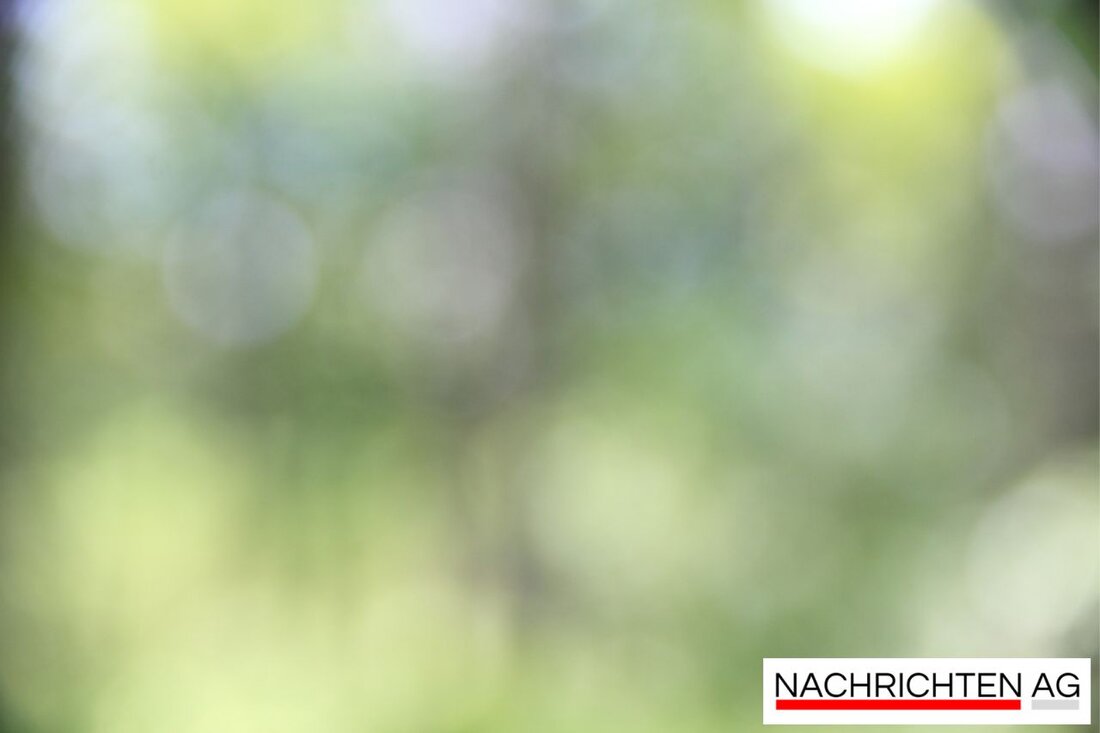Munich's new Olympic Village: Will we soon have the best living quarters?
Munich is planning a new Olympic Village in Daglfing for the 2040/44 Games, with sustainable living concepts and green spaces.

Munich's new Olympic Village: Will we soon have the best living quarters?
A lot seems to be happening in Munich, especially in the northeast of the city, where a new Olympic Village is to be built for around 16,000 athletes and employees of the upcoming Olympic Games. This initiative is not only an exciting project for the athletes of 2040 or 2044, but also a significant step towards sustainable urban development. The city administration has already launched plans for an intensive urban development measure in this area. Despite the extensive plans, the city wants to avoid expropriations and is instead planning a dialogue with private owners in the area. This is supported, among other things, by the city's efforts to implement the entire project with as little effort as possible, as abendzeitung-muenchen.de reports.
The familiar image of the Olympic Village from 1972, which is now valued as a car-free place to live, inspired the city's planning. Then as now, the focus should be on short distances, extensive green space and a pleasant living atmosphere. A different way of handling traffic, with neighborhood garages and low-car zones, is also part of the new concept. The expected renovation project of the apartments after the Games, without demolishing the buildings, testifies to a conscious use of resources and is part of the city's vision of various possible uses, as was already the case in the Olympic Village, which housed numerous athletes in 1972 and was subsequently converted to serve as a residential complex (heinlewischer.de).
Sustainability and housing pressure
Another important element of planning is the creation of a liveable urban district. The city wants to ensure that there is enough living space for the citizens of Munich after the games. Numerous new apartments are planned that will sustainably alleviate the housing pressure in Munich. The previous concepts envisage that the former athletes' apartments will be converted into regular apartments after the games, which already became a reality at the 1972 Summer Games, when around 3,500 apartments were created from around 14,000 accommodations (tz.de).
In addition to the new Olympic Village, a swimming lake is intended to increase the quality of life in the new residential area. As part of a feasibility study, concepts will be developed that show how these plans can be realized. With these projects, the city is not only pursuing the creation of attractive living space, but also the vision of a greener future for Munich. Overall, the project shows that the city is well positioned with regard to sustainable developments.
This initiative not only makes sporting dreams come true, but also reimagines an entire city district that will be important for both residents and guests of the Olympic Games. This gives Munich the opportunity to combine its history as a host city with a fresh and modern approach while creating an attractive home for its citizens.

 Suche
Suche
 Mein Konto
Mein Konto